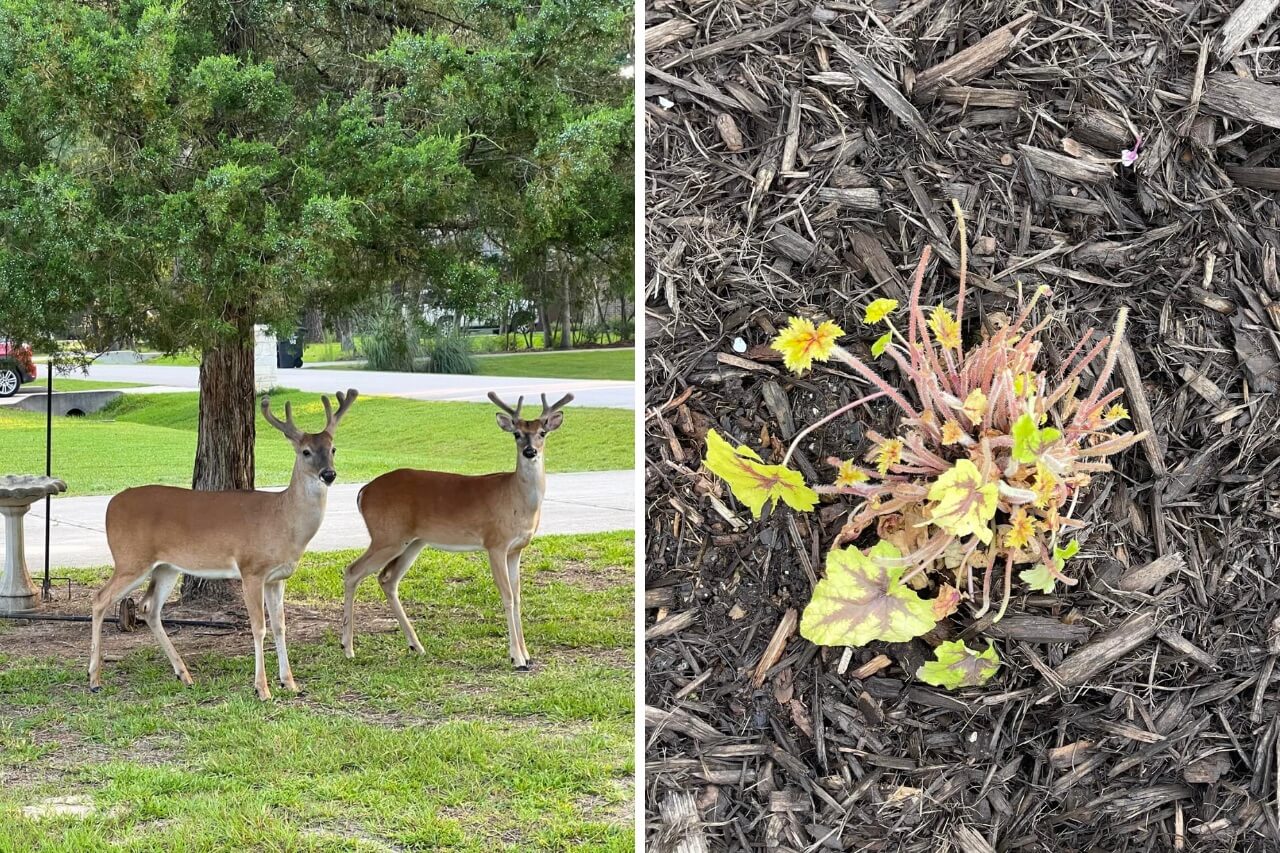Deer are the nightmare of some gardeners, especially in certain parts of the world.
I love them as animals, as I think you do, but they constantly eat some of the plants that we have grown with passion and sacrifice.
While a truly deer-proof plant doesn’t exist (a very hungry deer might eat almost anything), you can stack the odds in your favor by choosing plants deer typically avoid.
In general, deer tend to avoid foliage that is strongly scented, fuzzy or tough in texture, or outright toxic to them.
Below I’ve created a list of 20 plants, a mix of flowers, herbs, shrubs, and trees that they usually leave alone. I’ve also added why deer steer clear and the perks these plants offer your garden.
Lavender

As you can probably guess, lavender is a deer-resistant herb thanks to the strong perfume of its oils, which deer find overwhelming.
It’s also drought-tolerant and easy to grow in sunny spots, providing summer-long flowers with minimal fuss.
Rosemary

The piney aroma of Rosemary is loved by many in the kitchen, but repels deer effectively.
Rosemary is an evergreen shrub in warmer climates, offering year-round color and a tough, drought-tolerant alternative.
I love having it in my garden because I often use the flavorful sprigs for cooking, especially with potatoes and meat!
Marigolds
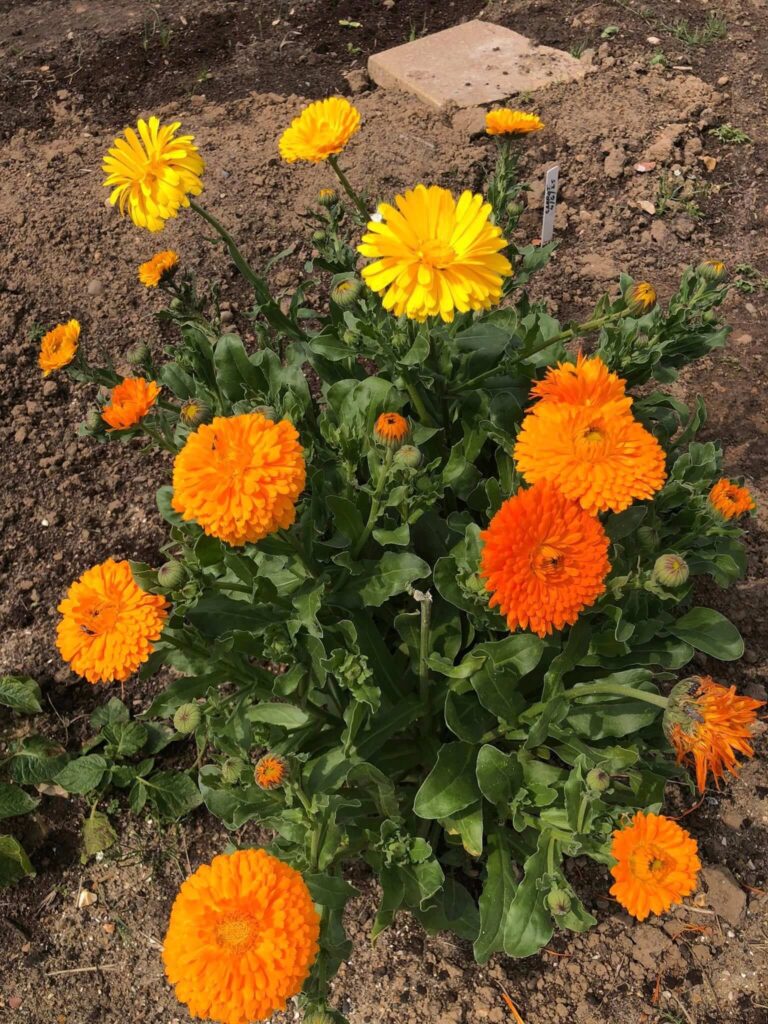
These classic annual flowers have a pungent scent that usually turns deer away-
The other positive thing is that Marigolds are extremely easy to grow and bloom in cheerful shades of yellow, orange, and red from spring until frost.
I love them because their sunny blossoms brighten the whole garden.
Snapdragons
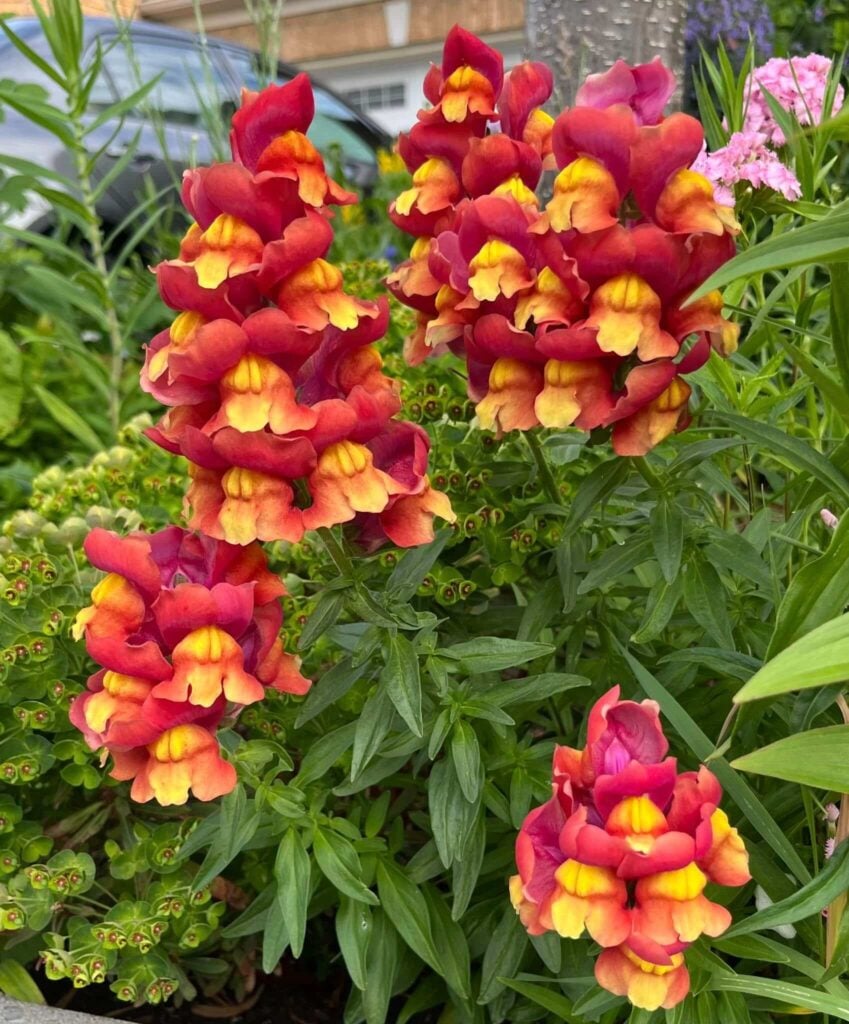
Deer rarely bother snapdragons because both the leaves and flowers taste very bitter, making them unpalatable.
At the same time, many gardeners love snapdragons for the bright spikes of blooms they provide in the cooler seasons of spring and fall, adding a touch of color when many other flowers aren’t in bloom.
Daffodils

Daffodils are often called the kings of deer-resistant bulbs. They contain lycorine, a natural toxin that is distasteful (even poisonous) to deer and other animals.
In terms of color, they’re usually yellow or white spring flowers, so they can give your garden an early-season color that deer won’t dig up or eat. Oh, and they’re low-maintenance and return each year.
Foxglove
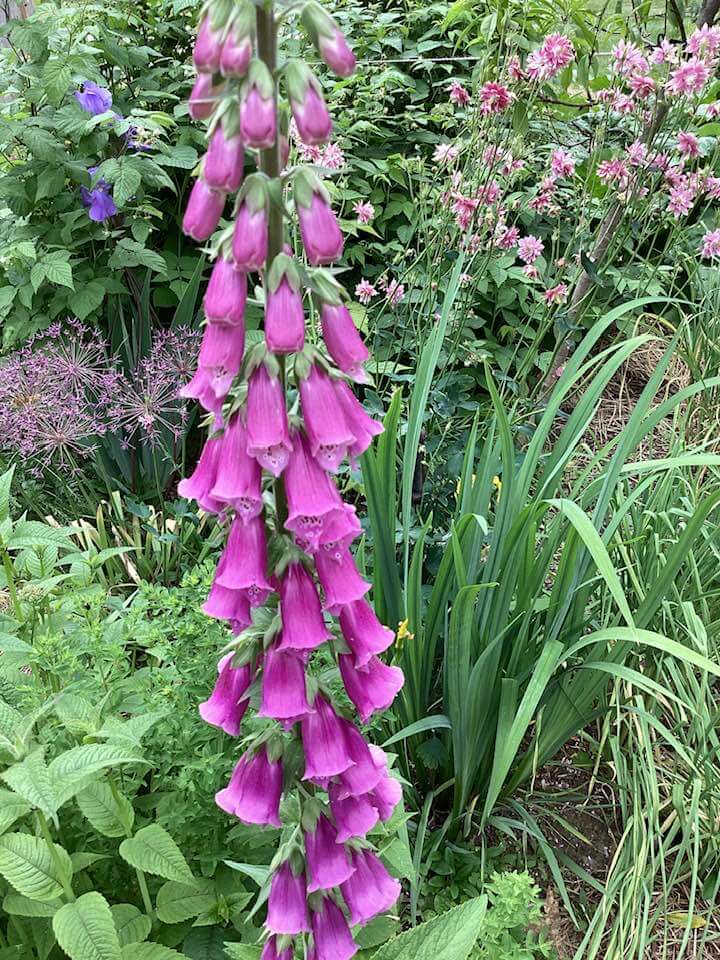
Foxglove is one cottage-garden favorite that deer avoid, known for its tall spires of bell-shaped flowers.
The reason why deer avoid it is very simple. Foxgloves are poisonous because they contain cardiac glycosides that deer instinctively steer clear of.
On the other hand, they attract hummingbirds and offer gorgeous early-summer blooms (usually pink, purple, or white).
Ornamental Onions

Ornamental Onions have a sharp, oniony odor and taste that deer don’t like.
Unlike smell, however, these bulbs produce globe-shaped blooms (often purple) on tall stems in late spring or early summer. I find them very beautiful and have a few in my garden.
And another thing that I love is that they’re drought-tolerant and almost pest-free.
Bee Balm
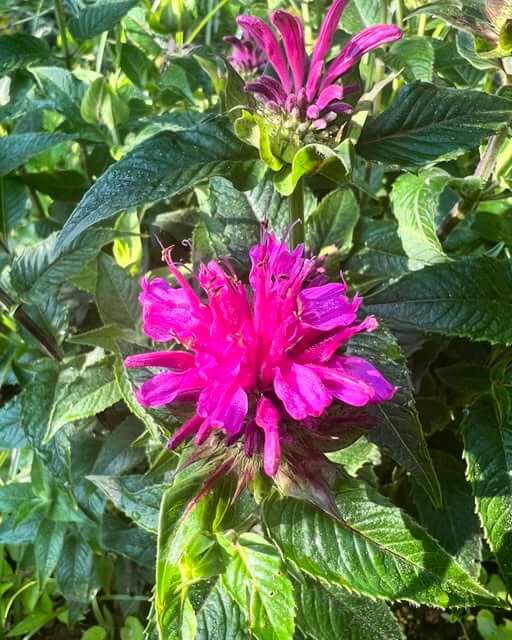
Bee Balm should definitely be in this list because its pungent, minty fragrance tends to keep the deer away.
However, on the positive side, Bee balm’s flowers are beloved by bees, butterflies, and hummingbirds.
It’s an easy-care perennial that can handle full sun to part shade. I’ve also included it in the list of the 10 tough plants that grow anywhere (no matter how bad the soil).
Lamb’s Ear

Soft and fuzzy foliage is usually a turn-off for deer, and lamb’s ear has some of the fuzziest! Its silvery velvet leaves have a woolly texture that deer don’t like in their mouths, that is why they tend to avoid it.
Lamb’s Ear also makes a great border or groundcover; it tolerates heat and even poor soil.
Another positive thing is that in summer it sends up spikes of pinkish-purple flowers, and it’s absolutely kid-friendly.
Russian Sage
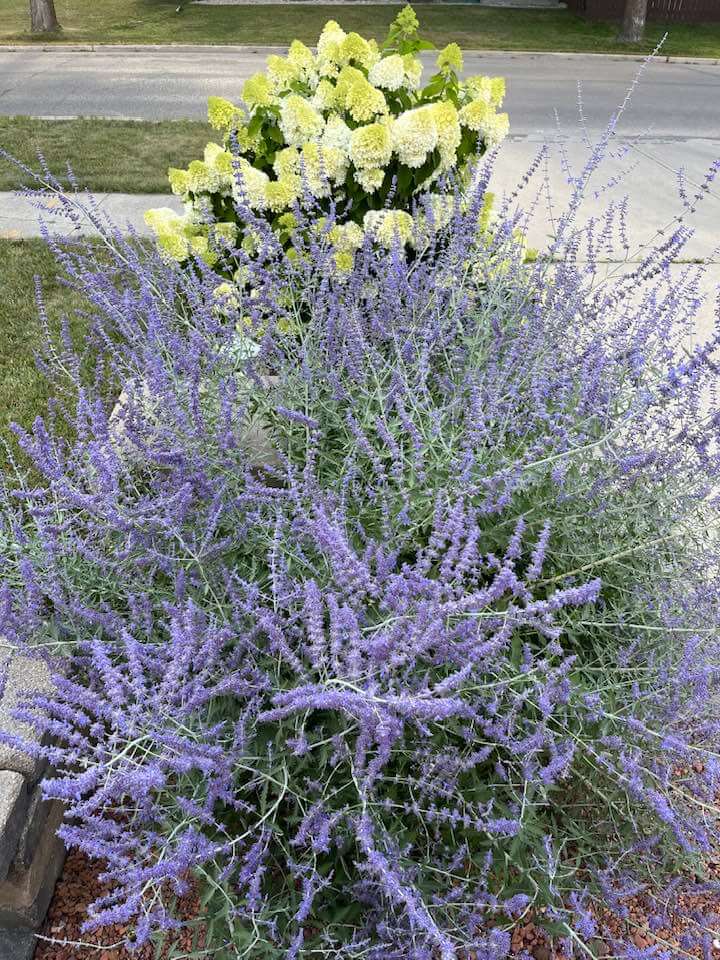
Russian sage has a strong herbal scent and is both beautiful and deer-banishing.
You can see deer sniffing those small silvery leaves, but they usually move on, as the aroma and slightly rough texture aren’t to their taste.
Many gardeners, however, love this hardy perennial for its very long bloom time (mid-summer into fall) and excellent drought tolerance in sunny spots.
Coneflower (Echinacea)
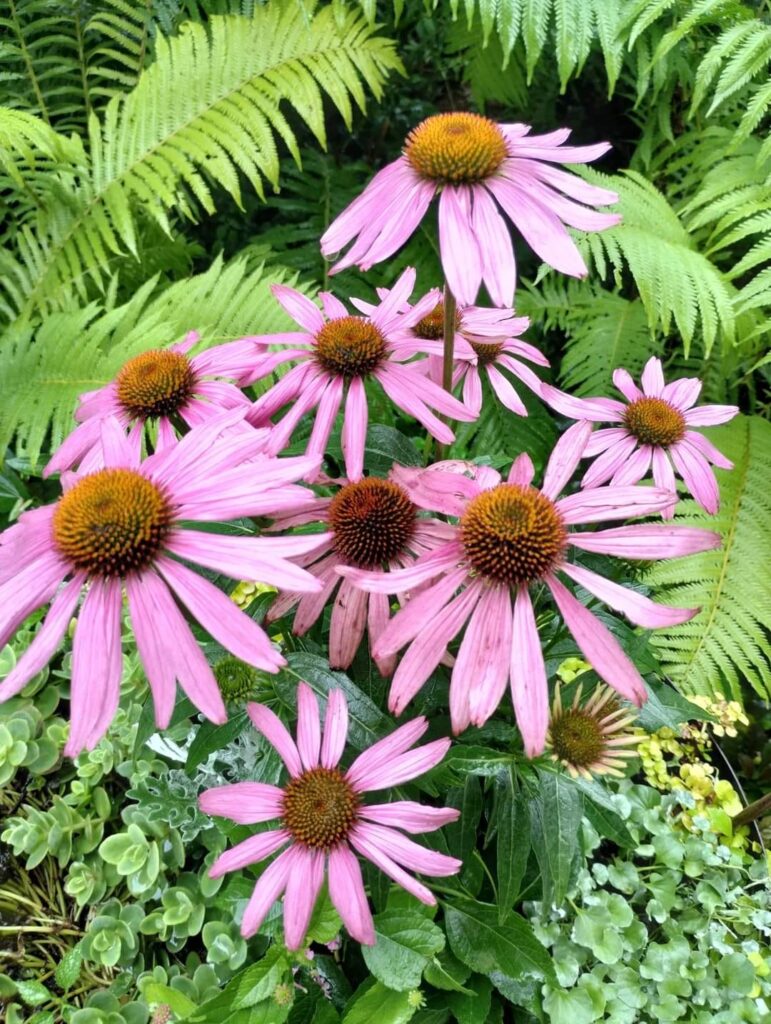
I have already mentioned Echinacea in several articles, as well as its beneficial effects on the immune system.
Besides all this, Echinacea is also a deer-resistant plant. It’s probably because coneflowers have a coarse, bristly center cone and aromatic leaves that deer do not prefer to eat.
Coneflowers are also easy to grow, drought-tolerant once established, and make great cut flowers. Last but not least, they also fight weeds. That is why I recommend you take a look at the list of the 10 perennial flowers that naturally crowd out weeds.
Hellebore (Lenten Rose)
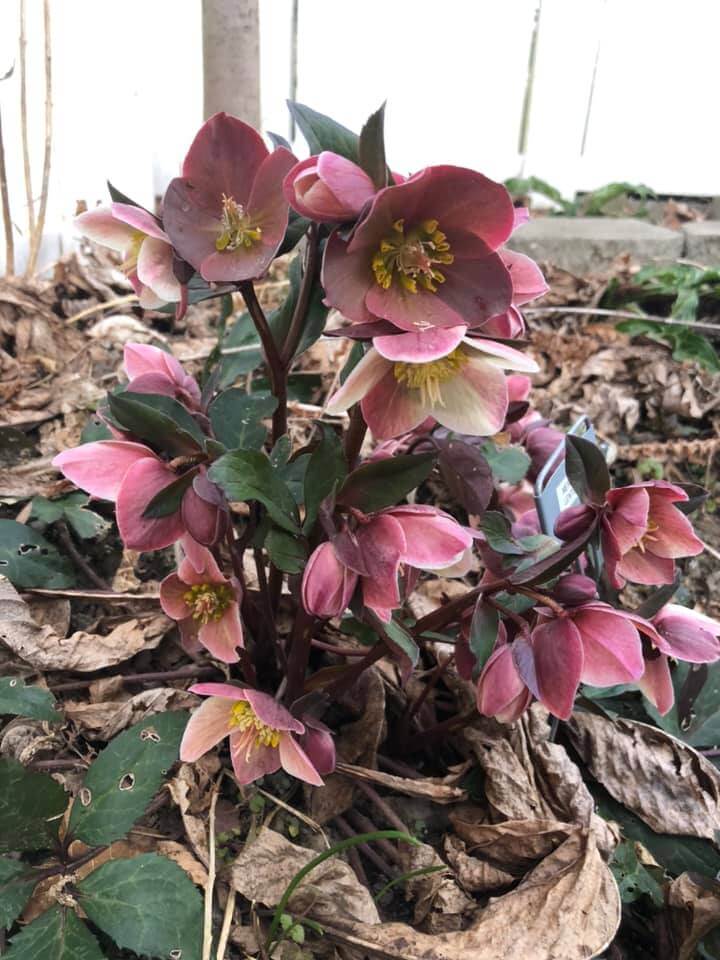
Hellebore is one of the first flowers to bloom in late winter, making it a nice addition if you have no other winter flowers in your garden.
They’re somethings also called Winter Roses or Lenten Roses and are highly deer-resistant due to their toxic foliage.
Deer and rabbits know to avoid these evergreens and are perfect at a time of year when little else is growing. They’re also a great option for shady gardens, along with these other vegetables that grow well in shady gardens.
Boxwood
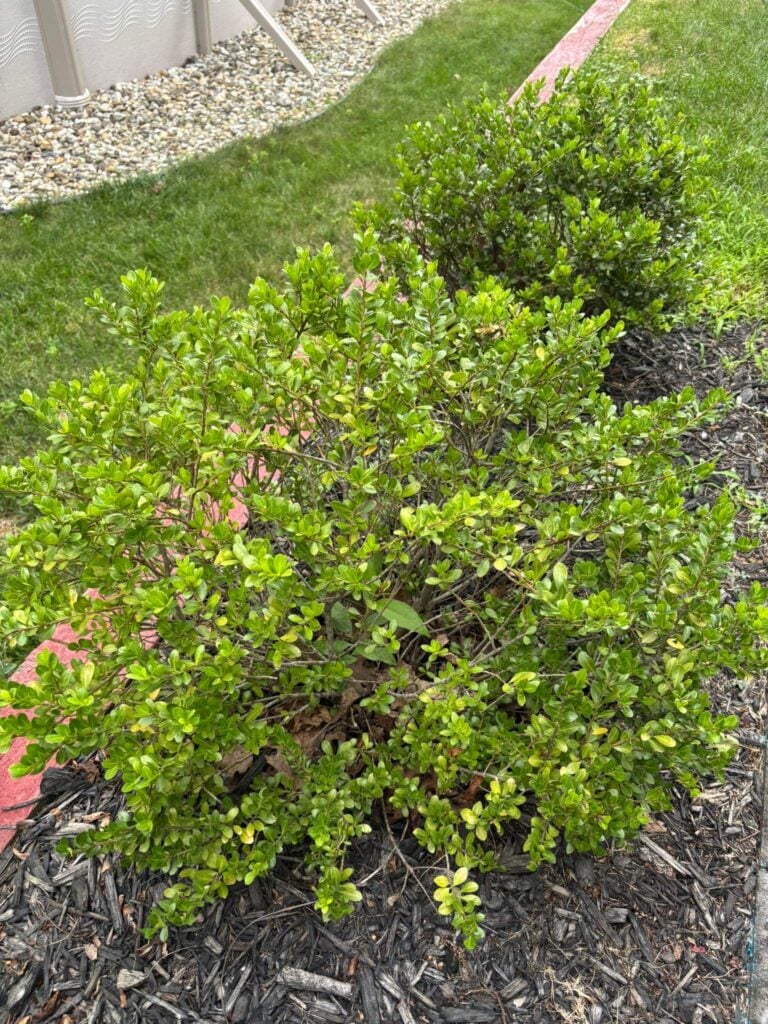
A classic evergreen shrub, boxwood is often used for hedges and topiaries – and deer generally won’t touch it.
As we have seen for many plants on this list, even these leaves have a strong scent that deer find unappealing. Some describe the odor as “catty”, but I’ve never smelled it personally.
They’re great if you’re looking for year-round structure in the garden, because with a little pruning, you can shape them as you like, all without worrying about hungry deer.
Butterfly Bush
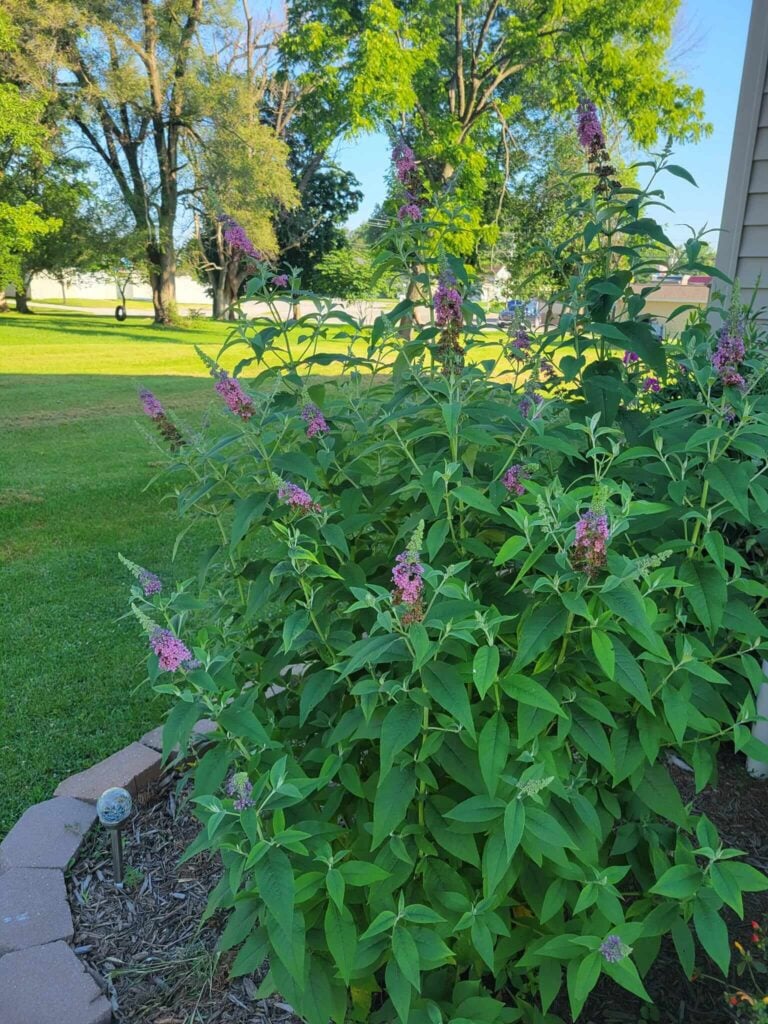
Deer might adore many other shrubs, but they ignore the butterfly bush. Its leaves are somewhat fuzzy and bitter, which discourages them.
On the contrary, as the name suggests, its flower spikes are like a magnet for butterflies and hummingbirds.
I recommend planting it in your garden if you love butterflies and want to see them flying between your plants.
Spirea
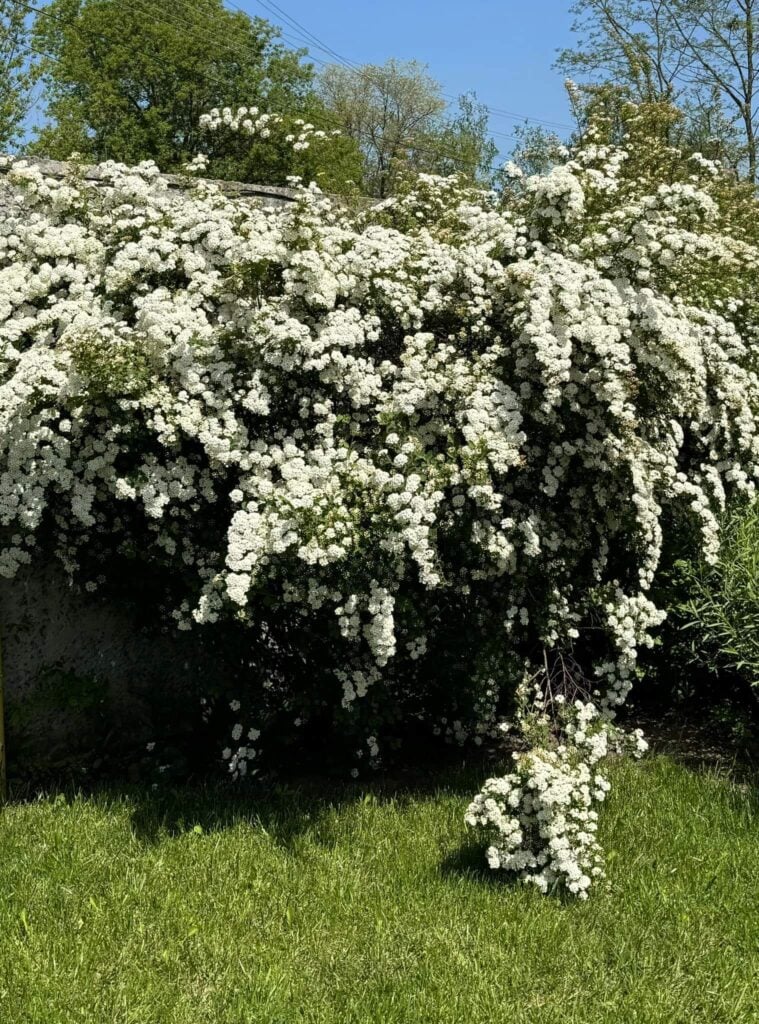
It’s a bit of a mystery why deer avoid spirea, but I’ve talked with different gardeners and they all confirmed to me that these flowering shrubs are typically left alone.
Spireas are usually appreciated for their easy care and three-season appeal: many have clusters of pink or white flowers in spring or summer and colorful foliage that can glow gold, orange, or red in fall.
Juniper
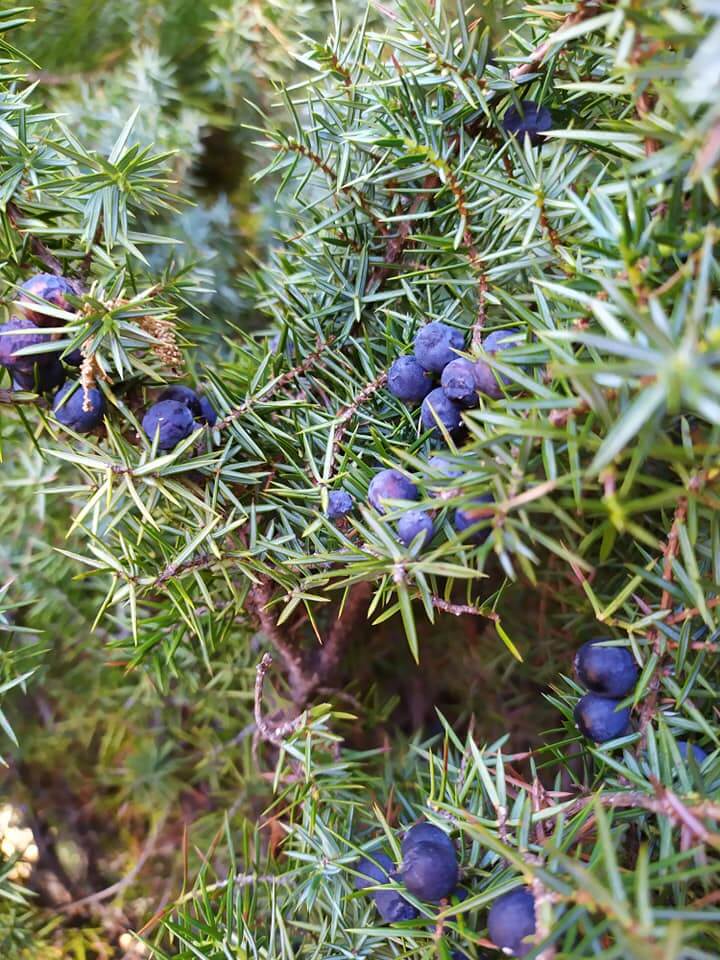
Junipers are tough as nails and have needle-like leaves that deer find unappetizing.
But from a gardening point of view, junipers are incredibly useful. There are low groundcover types, medium shrub forms, and even tall tree forms.
All are generally drought-tolerant and resistant to pests, providing year-round green and even berry-like cones that feed birds.
Berberis

Berberis’s slender branches are lined with sharp thorns, and its leaves have a bitter taste, so it’s usually left untouched by deer.
Gardeners often use barberry shrubs for their colorful foliage – many varieties have deep burgundy, bronze, or bright lime-green leaves.
Berberis is also very hardy and tolerant of poor soils.
PRO GARDENER: Check local recommendations, as some types of berberis can be invasive in certain regions.
Holly or Ilex
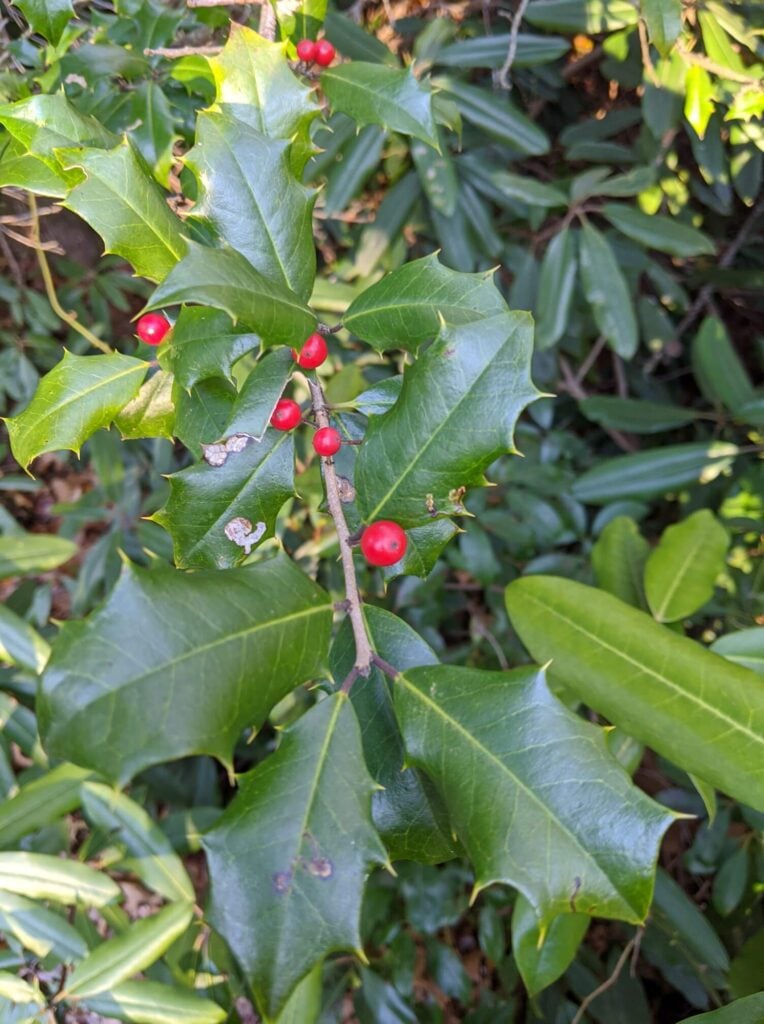
Many holly species (especially American holly and other spiky-leaved types) are rarely bothered by deer.
The thick, thorny leaves make them painful to eat, and the berries can also cause stomach upset in deer.
However, Hollies are good evergreen landscape plants. They bring year-round glossy green foliage and bright red berries in winter. They’re also often used as foundation plants or privacy screens.
Blue Spruce
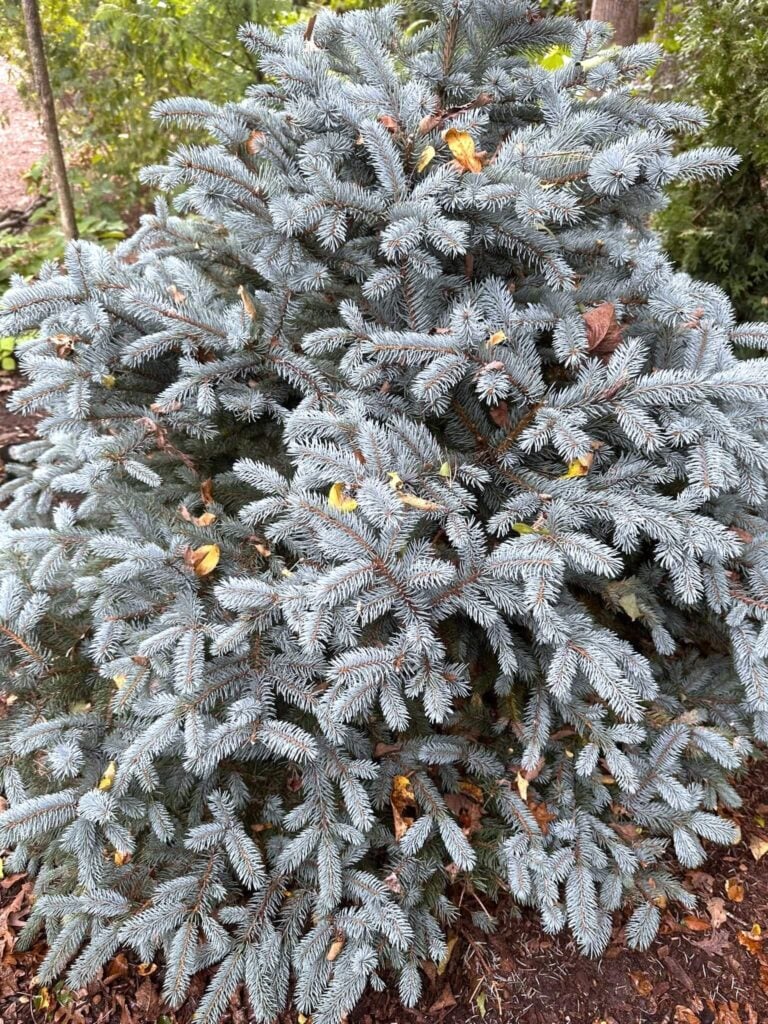
As you can see from the photo above, deer think twice before eating Colorado blue spruce because of the sharp and stiff needles.
Blue spruce (and other spruce varieties) are often recommended if you’re looking for a deer-resistant evergreen. They also tolerate cold climates and have that nice bluish hue that I find very interesting.
Forsythia
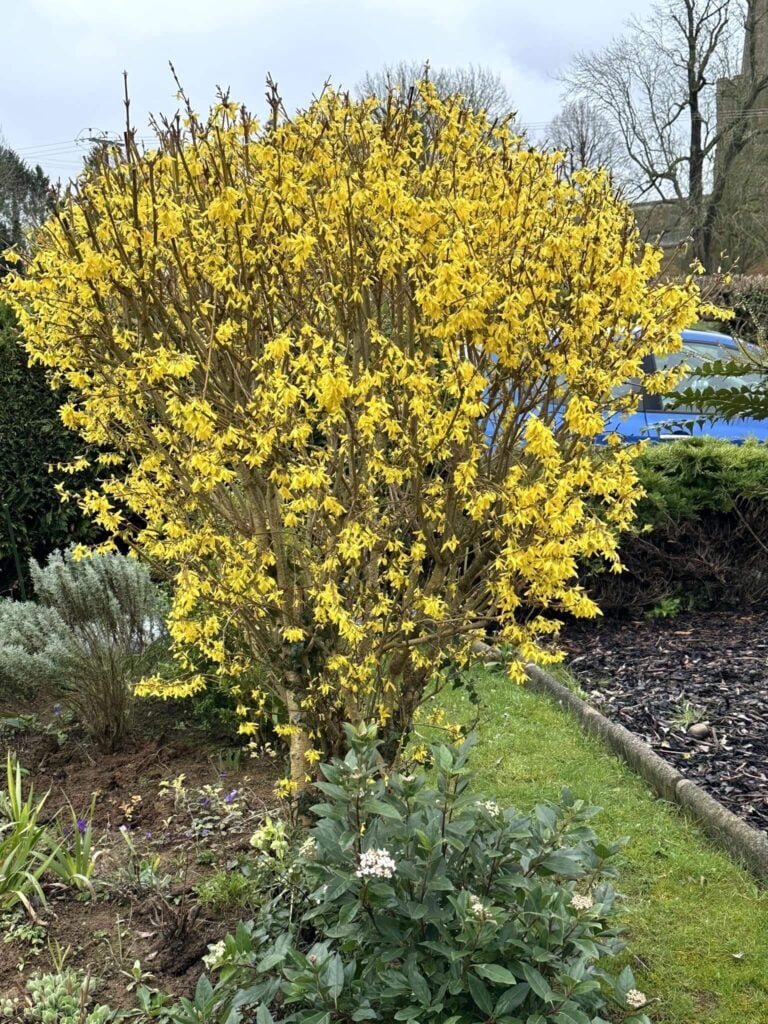
Forsythia is a fast-growing shrub that deer typically don’t like, but many gardeners love it for its golden-yellow flowers in early spring.
Its wiry, fine-textured branches and leaves don’t offer the succulent meal deer are after, so they tend to leave these kinds of plants alone if they’re not too hungry.
If you’re looking for a yellow plant, Forsythia is very easy to grow and makes a great hedge or border shrub.
It could definitely be a good addition to your garden. Just make sure you avoid choosing one of the 10 plants you should never grow in your garden.

